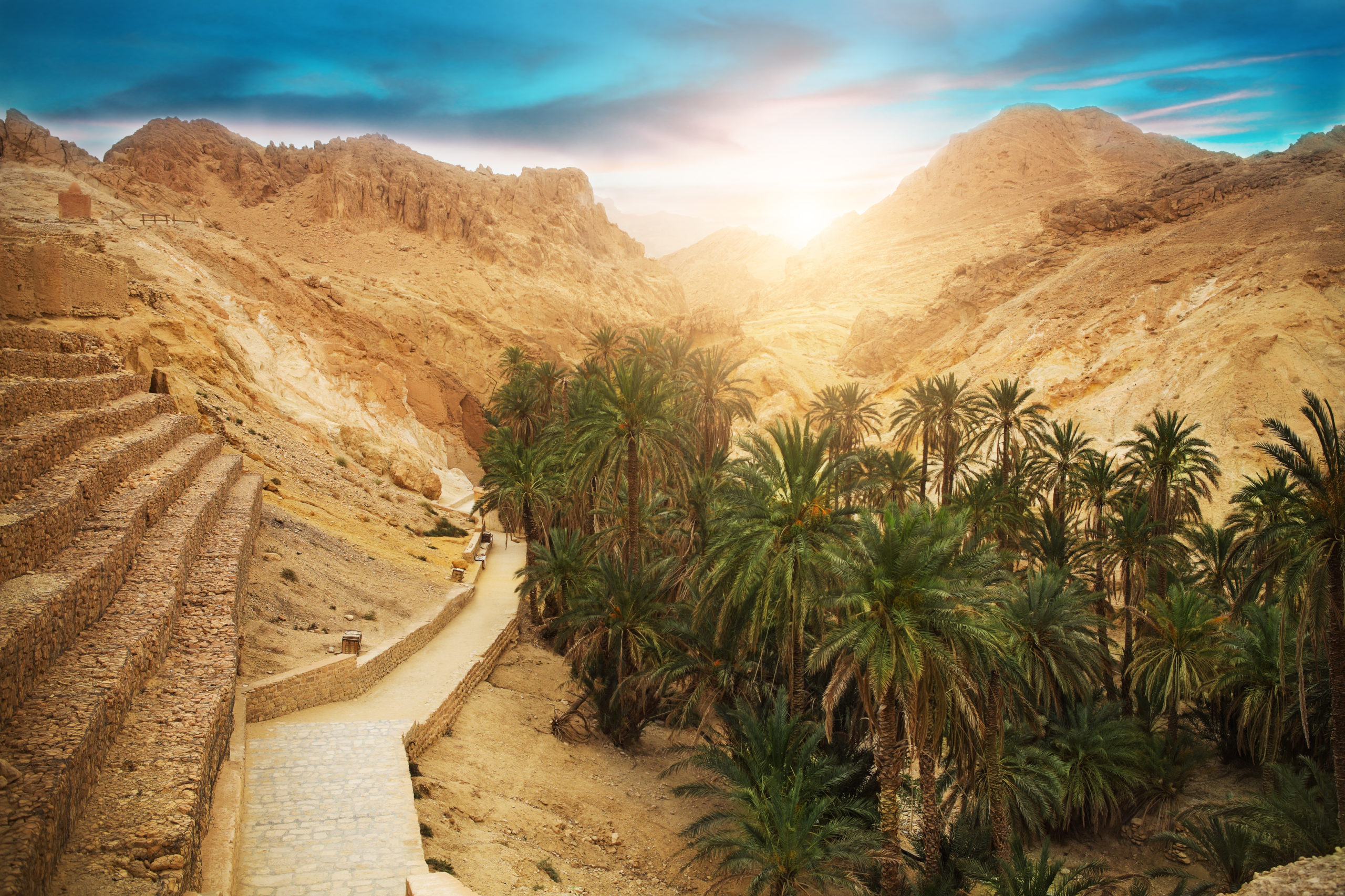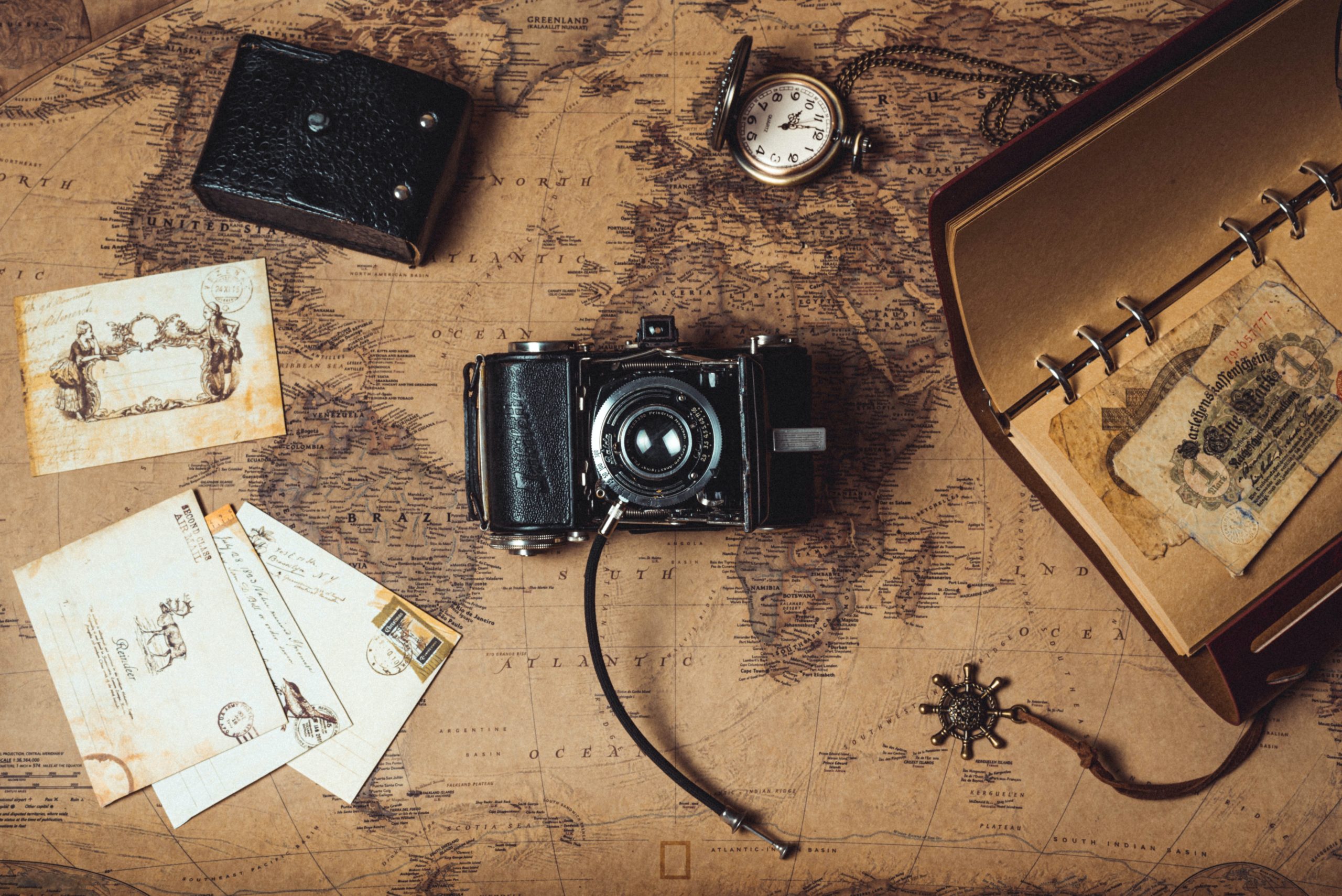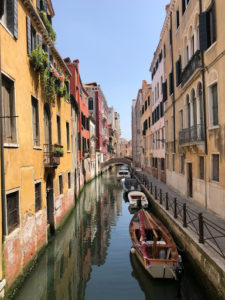World Tourism Day is here! Communities in destinations around the world are finding ways to celebrate both virtually and in person. The 2021 theme chosen by the World Tourism Organization is “Tourism for Inclusive Growth”. In this blog post, We’ll explore the origins of World Tourism Day, and the goals being set for the future.
What is World Tourism Day?
World Tourism Day is a day where professionals and organizations in the industry focus on a single topic that’s been designated by the United Nations World Tourism Organization (UNWTO). This year, the theme encourages tourism stakeholders to engage in practices of equality in growth. Tourism, as many other economic sectors, has been devastated by the COVID-19 pandemic. Some estimate that around 4 trillion dollars could be lost in the global economy from the tourism industry alone. As countries fight to contain and move past variants of the virus and their implications, the tourism industry is setting their sights on recovery.
For 2021, the UNWTO decided to emphasize that in this growth we must not forget the most vulnerable and underserved communities. Tourism for inclusive growth is an idea that promises a helping hand to the communities and people hurt most by actions of the past.
When is this day celebrated and why?
Every year on 27th September. The UNWTO came up with the idea of World Tourism day in 1979. The first commemorative year was 1980, and the date was chosen to coincide with the adoption of UNWTO standards. Since then, it has been held on the anniversary of the adoption, September 27th, which marks the end of peak tourism season in the northern hemisphere, and the beginning of the peak in the southern hemisphere.
Major themes from past years
A new theme is chosen carefully for this special day every year. The inaugural year held the theme: “Tourism’s contribution to the preservation of cultural heritage and peace and mutual understanding.” Tourism is a vessel for cultural preservation. This is done not only with economic incentives, but also through social interest and call for conservation. An example of this principle can be seen in Solimar’s 2017 work in Sri Lanka, where we helped diversify attractions and capacities in the area to help enrich the experiences for both tourists and citizens.
The year 2000 focused on Chile, and the theme, “Tourism: preserving world heritage for the new millennium.” Here we get another hint of that first year’s cultural preservation, and with good reason! Chile has had a stressful recent history with political unrest and biological shocks that come with tourism entering untouched environments. Only through working towards the UN’s sustainable development goals, and holding an emphasis on biocultural conservation, can we have a chance at protecting this natural stronghold? Plenty of work is still yet to come.
World Tourism Day’s 30th anniversary, 2020, explored the theme “Tourism and Rural Development.” The focus was on tourism’s ability to affect the economic sectors of communities around the world in outlying areas. That principle became especially significant following the COVID restrictions and social consequences that ensued. Rural areas gave weary travelers not only space to socially-distance themselves, but it also provided a much needed connection to the natural world after months of lock down in our homes.
Inclusive Growth in International Communities
Attention must be paid to bolstering and supporting smaller communities and destinations around the world that may not have the same level of stability as others. Social, cultural, and political aspects must be addressed to create inclusive societies through sustainable tourism. A fascinating commemoration of this day is Nepal reopening to foreign travel. Many people anticipate the country to relax restrictions and welcome tourists back to their majestic Himalayan landscapes. In the midst of a major border conflict with India, and having been hit hard by two lockdowns, Nepal looks forward to a chance of economic relief through an influx of foreign tourist dollars and cash flow.
Celebrations of World Tourism Day 2021
World Tourism Day in Opatija, Croatia
A three-day World Tourism Day celebration took place in Opatija to commemorate the successful summer of tourism in the Kvarner Bay. Historical and cultural walks were organized through the city to offer an intimate view of Croatia’s past. The Tourist Board of Opatija also planned an array of events and concerts to promote the cultural, political, and economic values of tourism in Croatia.
World Tourism Day in Abuja, Nigeria
“36 Destinations Nigeria”, a tourism marketplace event, has been planned in line with World Tourism Day. The event is open to bloggers, tour guides, government officials, and other stakeholders. The aim is to widen Nigeria’s opportunities for all communities, and in line with this year’s theme, especially the communities that suffered most during COVID.
Future of Global Tourism Towards a Sustainable Future
Each year, the UNWTO attempts to find new important milestones in world tourism to celebrate. As aforesaid, the theme has continued to change and shift through the years, but the general ideas hold the same:
- Tourism is a tool to be used in the preservation of biocultural heritage around the world.
- Tourism is an ever growing industry that, like others, needs to focus on sustainable practices to save special places, but and make tourists enjoy them all the more.
- Tourism creates benefits that need to be felt equally among communities both big and small around the world.
UNWTO holds to their values of the 2030 agenda for sustainable tourism, by expecting that future growth places innovation and sustainability at the forefront of our thoughts as an industry. They even go as far as to say it will be our, “new normal”. With any hope, that will certainly hold to be true.





